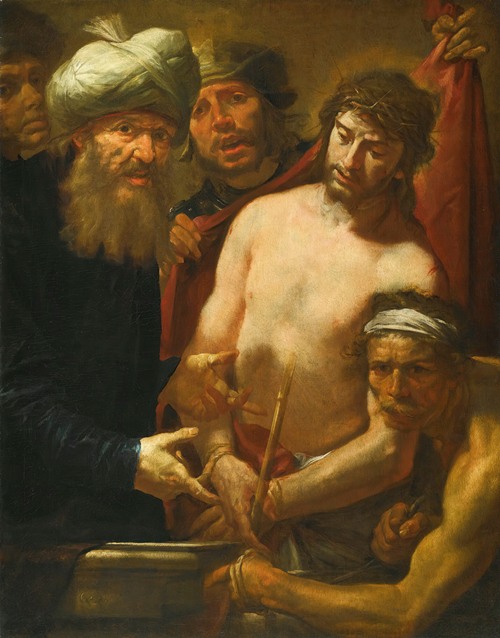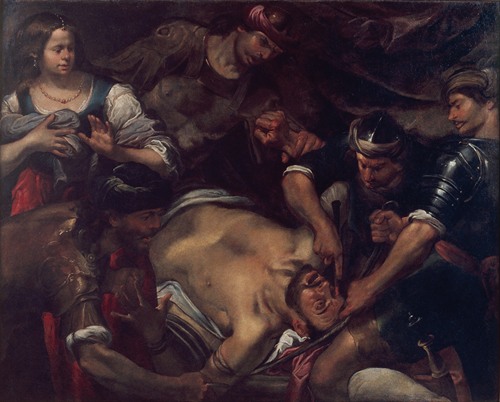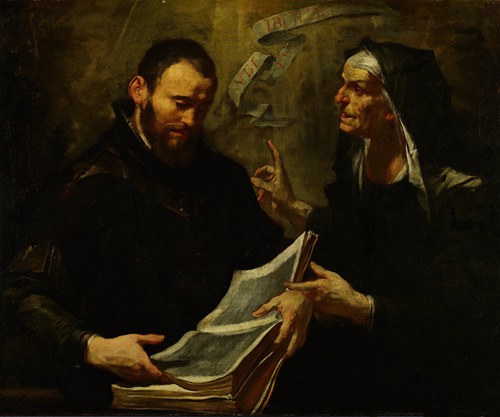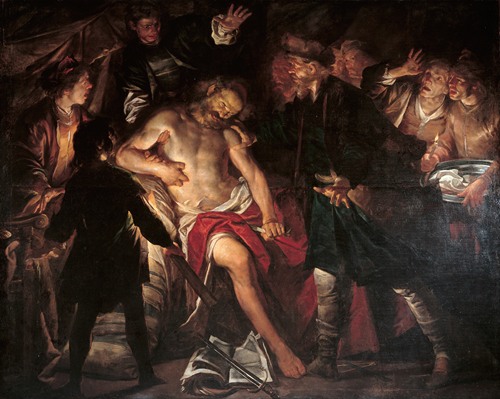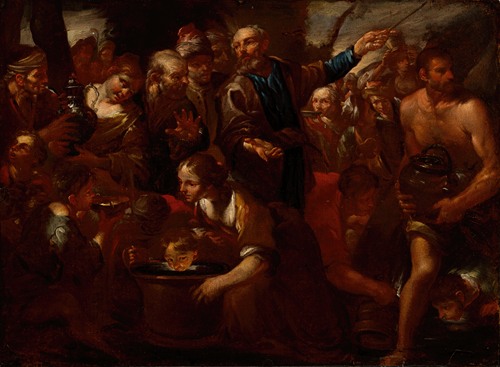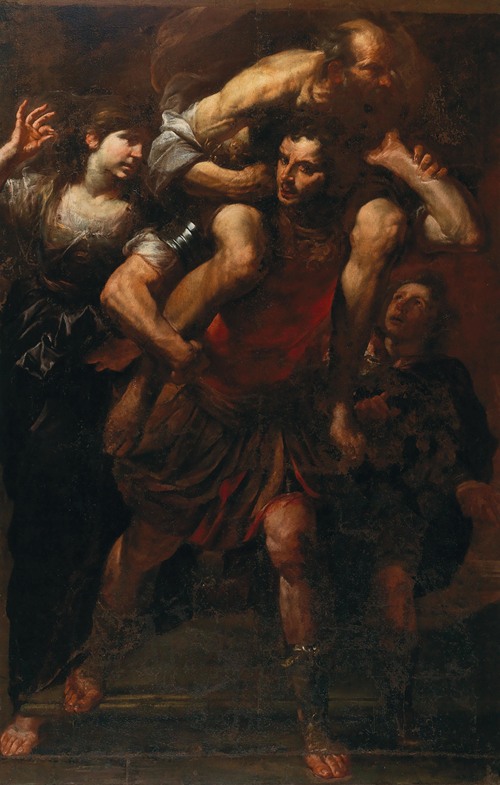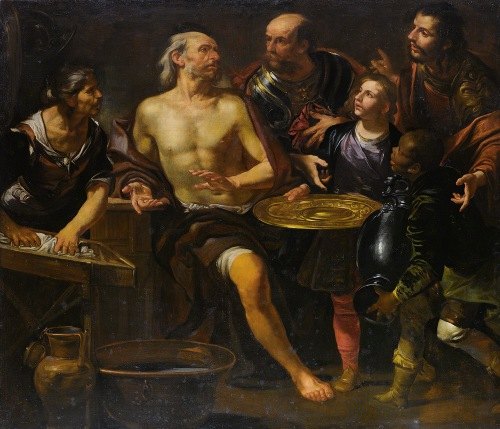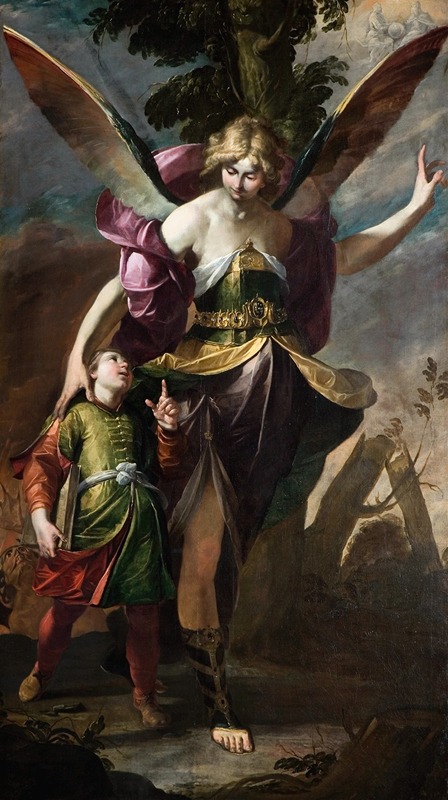
Gioacchino Assereto was an Italian painter of the early Baroque period and one of the most prominent history painters active in Genoa in the first half of the 17th century.
He initially apprenticed at age 12 with Luciano Borzone and from circa 1614 in the studio of Giovanni Andrea Ansaldo. He attended the Academy of the Nude (painting from nude models) instituted by Giancarlo Doria.
He was active in Genoa. In 1639 Assereto he travelled to Rome where he visited the studios of various painters. He likely met Genoese artists working in Rome, such as Luca Saltarello, Giovanni Maria Bottalla, Giovanni Benedetto Castiglione and Giovanni Andrea Podestà. His stay in Rome was important as it brought him in contact with the developing realism of the followers of Caravaggio.
Most of Assereto's works depict religious and history subjects, although he also produced some portraits. Throughout the decade in which he was a student, Assereto produced many works in a Baroque idiom, which were close in style and genre. He incorporated drama and emotion in his paintings with the aid of the chiaroscuro and sfumato techniques. He continued to improve his technique and style during his twenties and thirties. During his visit to Rome in 1639 he discovered a flourishing interest in realism and Caravaggism. His interest in realism and encouraged him to continue with his detailed description of heads and hands. It may also have revealed to him the possibilities of compositions that depend on chiaroscuro rather than on colour.

